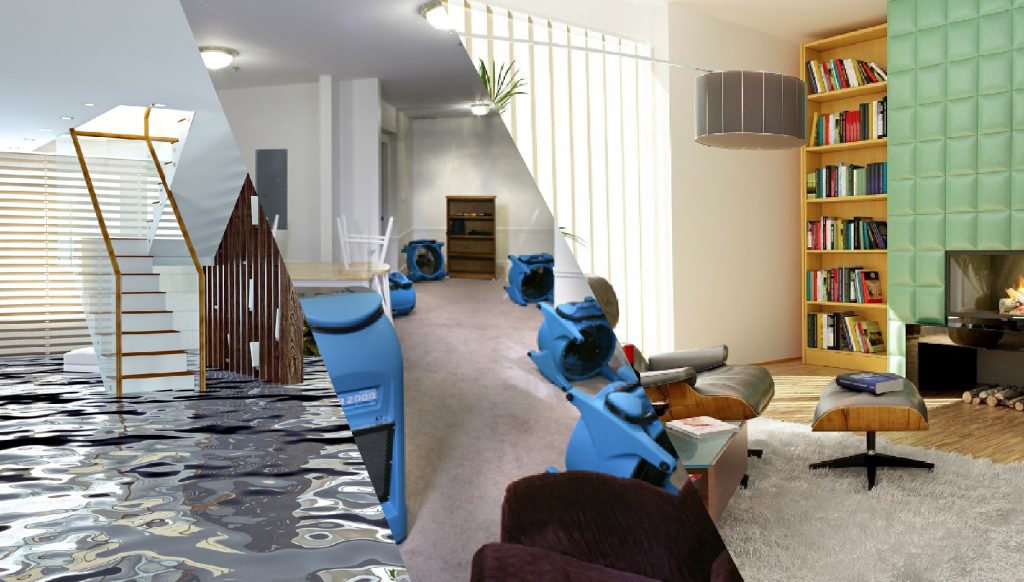Water damage restoration is a complicated activity that needs a range of procedures and gear in order to ensure that the job is effectively carried out. Depending on the size and scale of the emergency, various measures are taken in order to get rid of the water and remediate any contaminated locations. Today, we will continue from our preceding post and go over the numerous issues that are commonly done on a water damage job as effectively as the scope of the equipment utilized.
The important steps to any water harm restoration job can be broken down as follows:
* Flood Water Removal
* Moisture Mapping
* Mold Inspection and Removal
* Water Drying Tactics
Flood Water Removal
Removing the source of the water is the first vital step on any water harm restoration. Qualified technicians ought to have a assortment of equipment readily available at their disposal when they arrive on the scene. Ordinarily, portable submergible water pumps are employed to pump out water accumulation in structures. These pumps have a high threshold for extracting water and can normally dry out an whole submerged area in a brief time, which is essential to quit the damage from spreading.
Moisture Mapping
Moisture mapping involves applying detection equipment in order to acquire an approximate map for the moisture values on your house. Infrared is a single of the additional common solutions applied to obtain correct readings, and effectively trained technicians generally take higher-excellent digital photos as nicely to assess the extent of the harm. This step is vital in order to get an idea of how undesirable the water harm may perhaps be and to take preliminary methods to avert mold growth.
Mold Inspection and Removal
Residual water can lead to mold harm if unaddressed. Water damage experts will use special detergents that sterilize the area and make circumstances unfavorable for mold development. Also, some restoration firms can use deodorization and ventilation as component of the process to get rid of any lingering odors and airborne contaminants.
Water Drying Tactics
These are some of the most popular water drying approaches utilized by IICRC-certified experts. Every single technique is utilised according to the severity of the scenario.
Air Movers
Also identified as evaporators, air movers assist the drying method by controlling humidity in a area and market circulation of air. This helps on a broad level by removing liquids from porous components – carpet, wood, drywall, plaster and more – leaving the additional tough trying to specialized equipment.
Dehumidifiers / Desiccant Dehumidification
Dehumidifiers eliminate the moisture from the air so lingering water in the location can be extracted from the area. These can be categorized broadly beneath refrigerant dehumidifiers and desiccant dehumidifiers.
Refrigerant dehumidifiers operate under the principle of cooling the surrounding air. When this happens, the air loses its ability to retain water, causing condensation upon the cooling coils of the gear. Best Dayton Water Damage Restoration Services -grade dehumidifiers function like a effective version of customer dehumidifiers, quickly pulling the excess moisture from the air.
Desiccant dehumidifiers do not require cooling to remove water rather, they use components that naturally absorb moisture. When applied on a massive scale, these machines can speedily extract humidity from the air in as effective a manner as refrigerants. The sort of gear utilizes depends on the enterprise you hire and the situations of the restoration job.
Extra gear precise to the homeowner’s area may perhaps be utilized, based on the size of the restoration firm. Every water harm job is fully exclusive and demands appropriate evaluation of the predicament at hand to apply the right gear and techniques for removing water as rapidly as attainable.

